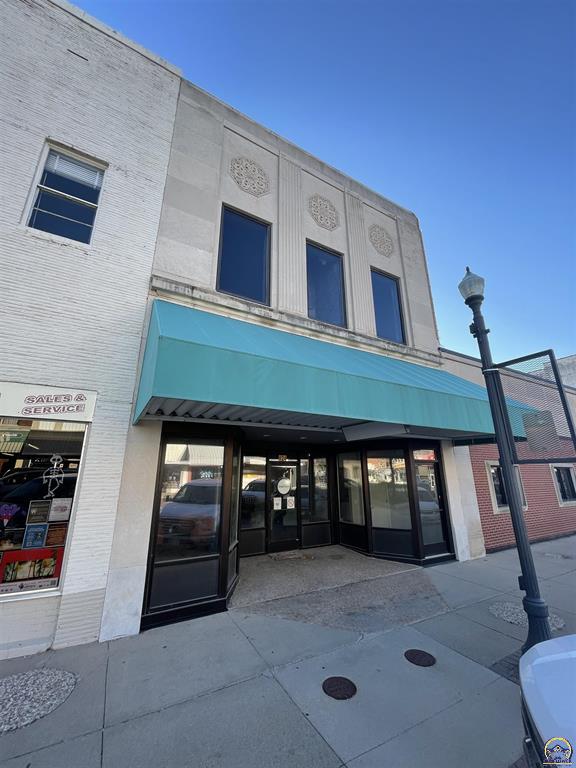Changes in Property Use- New data highlights a changing landscape in commercial property.

The ability to track form and function of property in relation to traffic gives us better tools to guide development. Property usage evolves over time. Buildings function differently than they did 30, 70, or 150 years ago. New technology enhances “work from home”, online sales, or more comfortable transportation options. Shifts in consumer norms have augmented how certain types of buildings are used, and the frequency of their use. Here is what we know:
Dense housing options in mixed use areas are continuing to address housing issues.- Nationally, younger individuals, DINK’s (double income no kids), and empty nesters continue to look for rental options in nicer low maintenance environments. Factors including student debt, changing professional demands, lack of maintenance know how, desire to travel, and changes in generational value systems are influencing where people choose to live. In traditional single family housing environments, the quality of local schools, value of neighboring properties, community median household income, adjacent amenities (or blight) and quality of life factors influence housing related decisions.
Remote workers are putting pressure on large scale office complexes, but smaller office and “shared office” solutions still have value.– According to data compiled through the Placer platform, many large scale office complexes are down over 40% from their 2019 volume numbers. Remote workers and their continuing demand for flexible work environments which equals a lot of wasted large scale office complexes. Flexible coworking spaces and “right sizing” existing spaces by moving to smaller integrated locations are becoming increasingly popular. Neighborhood offices in mixed environments that have access to restaurants, coffee shops, and drinking establishments can provide the atmosphere that younger professional employees desire.
Hotel stays are rebounding, but large conference centers have yet to rebound to 2019 numbers.- People are traveling again for vacations, but work based conference travel to established large scale conference centers has not rebounded to 2019 levels. Online training sessions and smaller specialized conferences have filled the void. Utilizing multiuse spaces for conference activities seems prudent at this juncture.
Transit preferences continue to shift, and certain mass transit systems have yet to recover.- The metro standard bussing or train transit systems took a hit during the pandemic. People avoided transit with a group of people they didn’t know. Air traffic is suffering some inflation effects. Pedestrian orientation to work/play environments in conjunction with remote work and individual travel options have impacted development patterns.
Price conscious consumers are engaging more “fast casual” options.– People are still consuming in businesses that push experience, but they are more price conscious. Businesses need to conform to the expectations of their customers from a product/selection/service perspective while providing an experience that stands out in the consumers mind. Retooling layouts, focusing on remodeling efforts, and providing consistent quality experiences are part of the physical transformation required in modern businesses. Things can’t look or function in a dated manner, and price points need to accommodate a variety of customer types.
Investor pressure to push online alternatives are fundamentally changing large format retail environments.- Investors in the stock market push to maximize their return, and companies prioritize the needs/wants of investors as they evolve their business models. Retail outlets continue to shrink in size, and more chains are being pushed into online only, or online/physical hybrid models. Carrying unique items can help independent retail retain a destination quality, but newer physical locations need to include online shipping support and makerspace elements to provide unique products.
On the regional level, projects may alter short, intermediate, and long term physical planning.- I think most of us have heard about the wonderful work being done in Coffey County (CLICK HERE). Kudos to all of those that are working hard to bring a semiconductor plant to the region. We all need to support our neighbors in their work. In the short term, rental housing availability (especially if coupled with transportation options) will be important for construction crews. Eventually, single family housing and support business space may be needed within the broader region. Businesses may need to retool entertainment, clothing, tool, food, and other “lifestyle” types of businesses to support regional retention and growth.
Physical space development in rural midwestern cities often looks backward in time as opposed to attempting to intersect with opportunities and trends. By looking at emerging tendencies and our local competitive advantages we can create developments that are more likely to assist in future growth and satisfy regional needs.